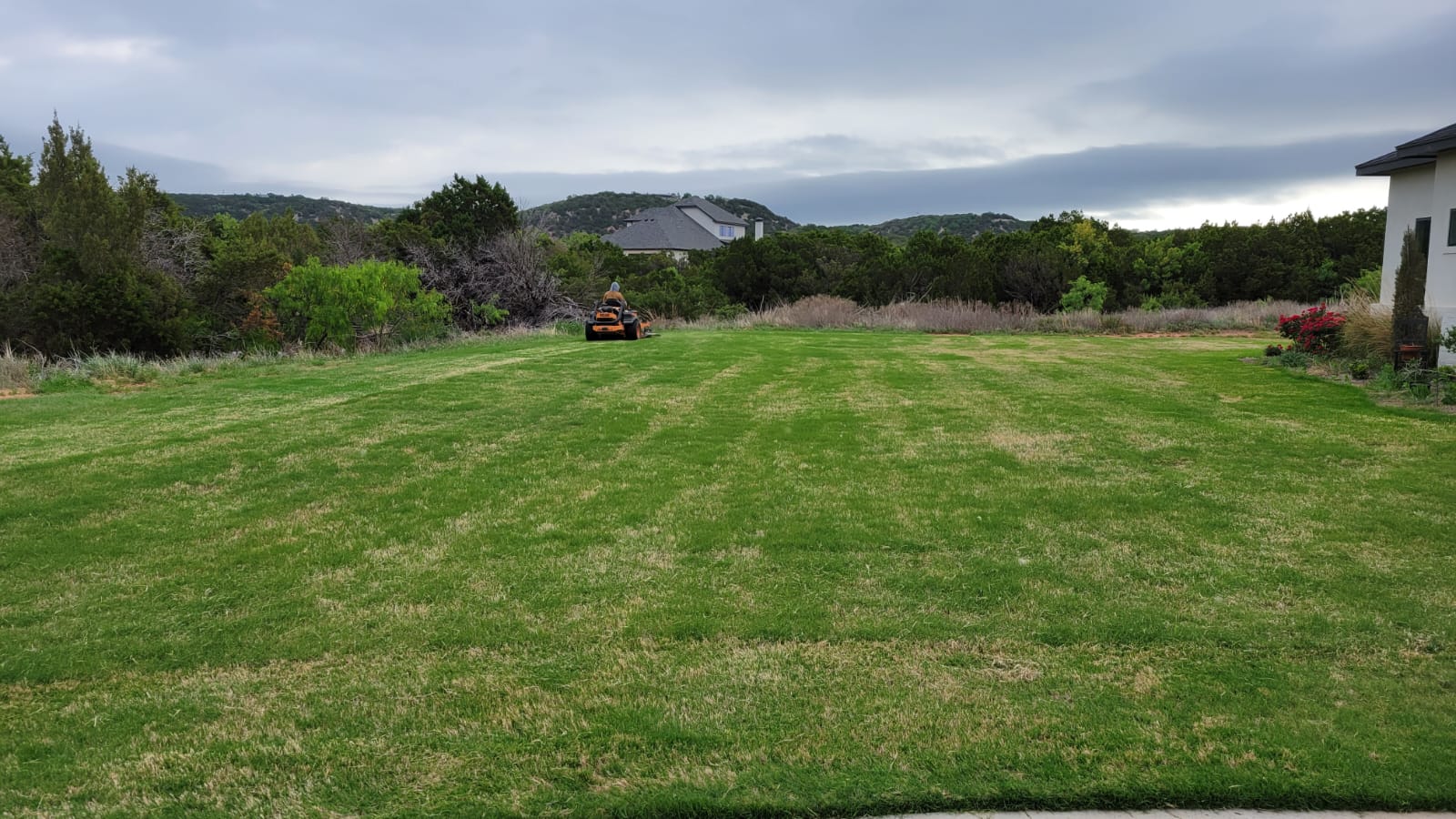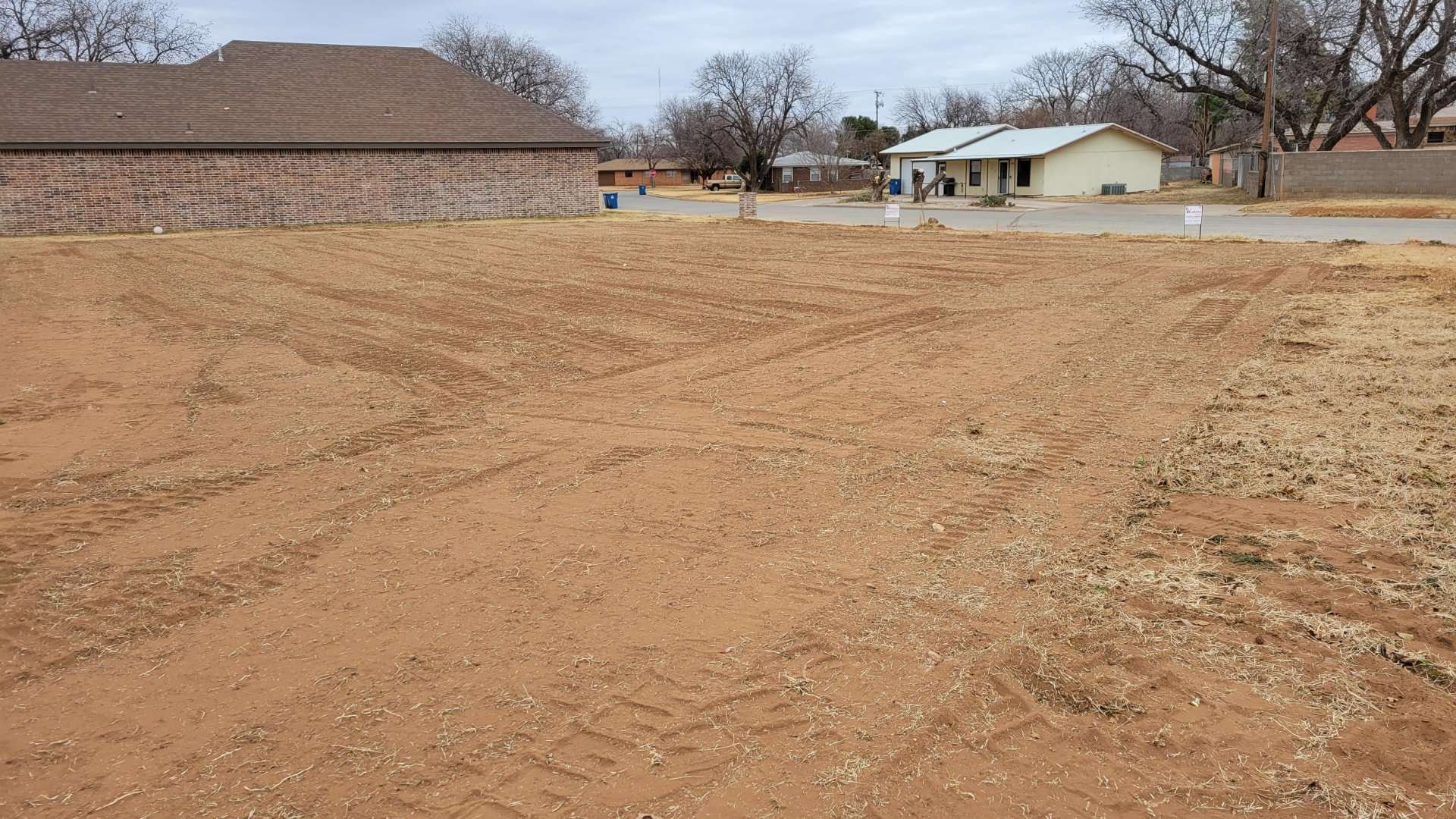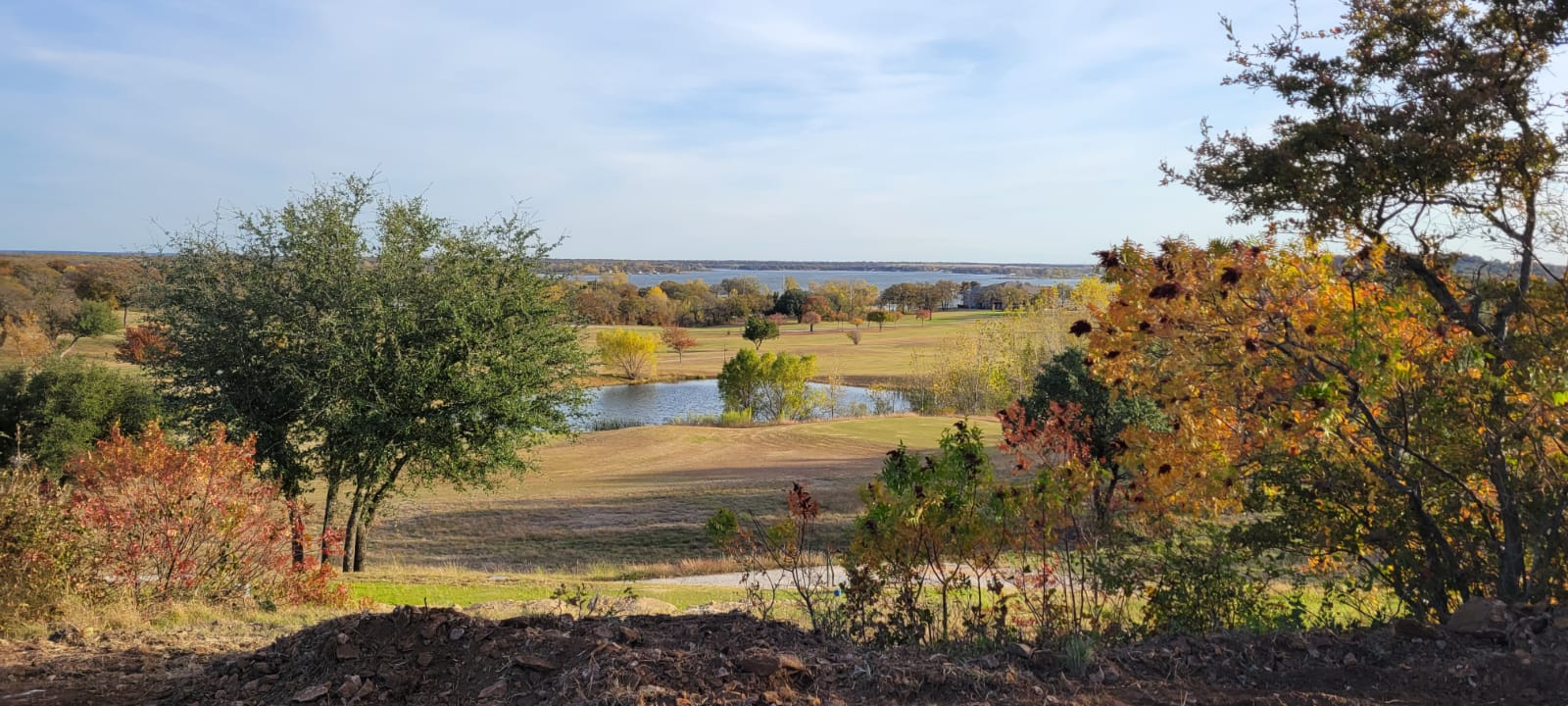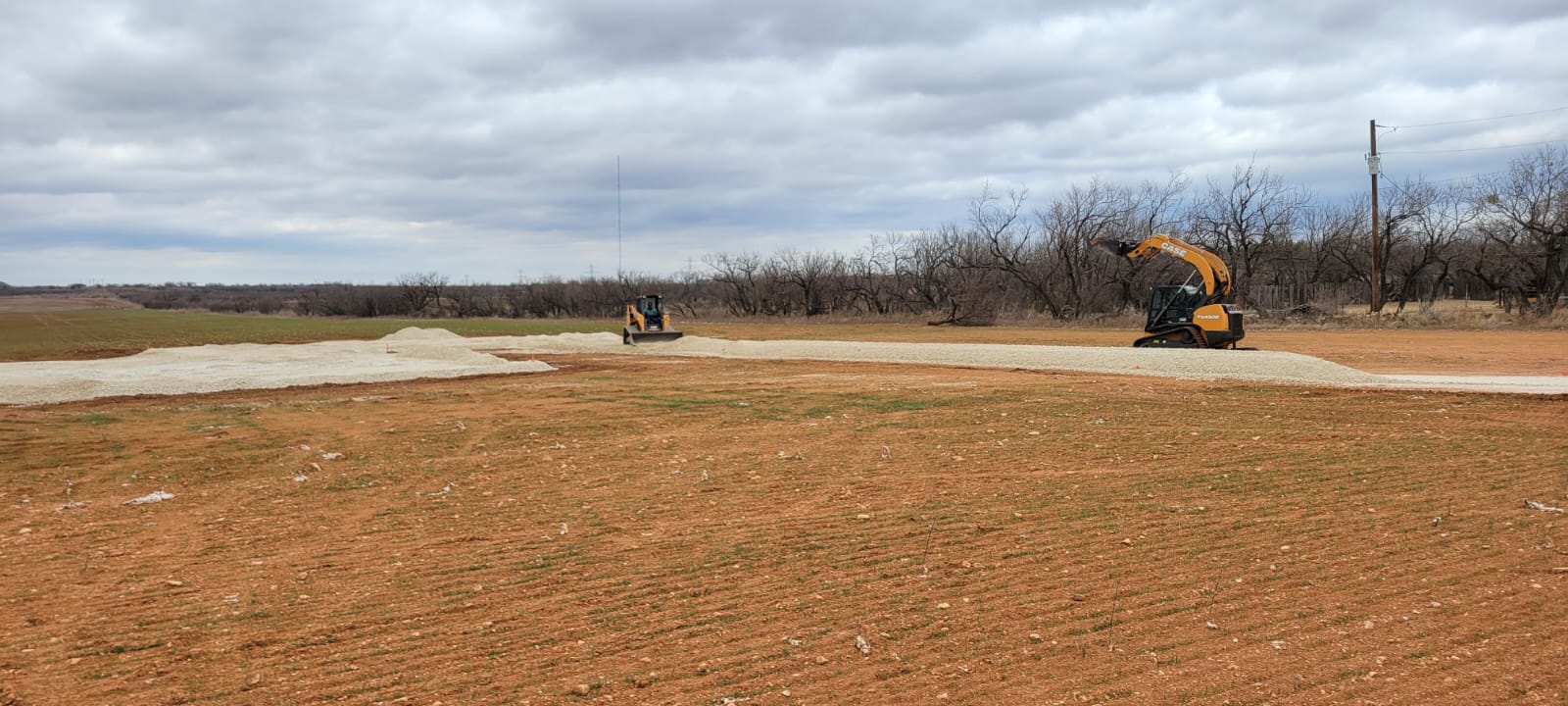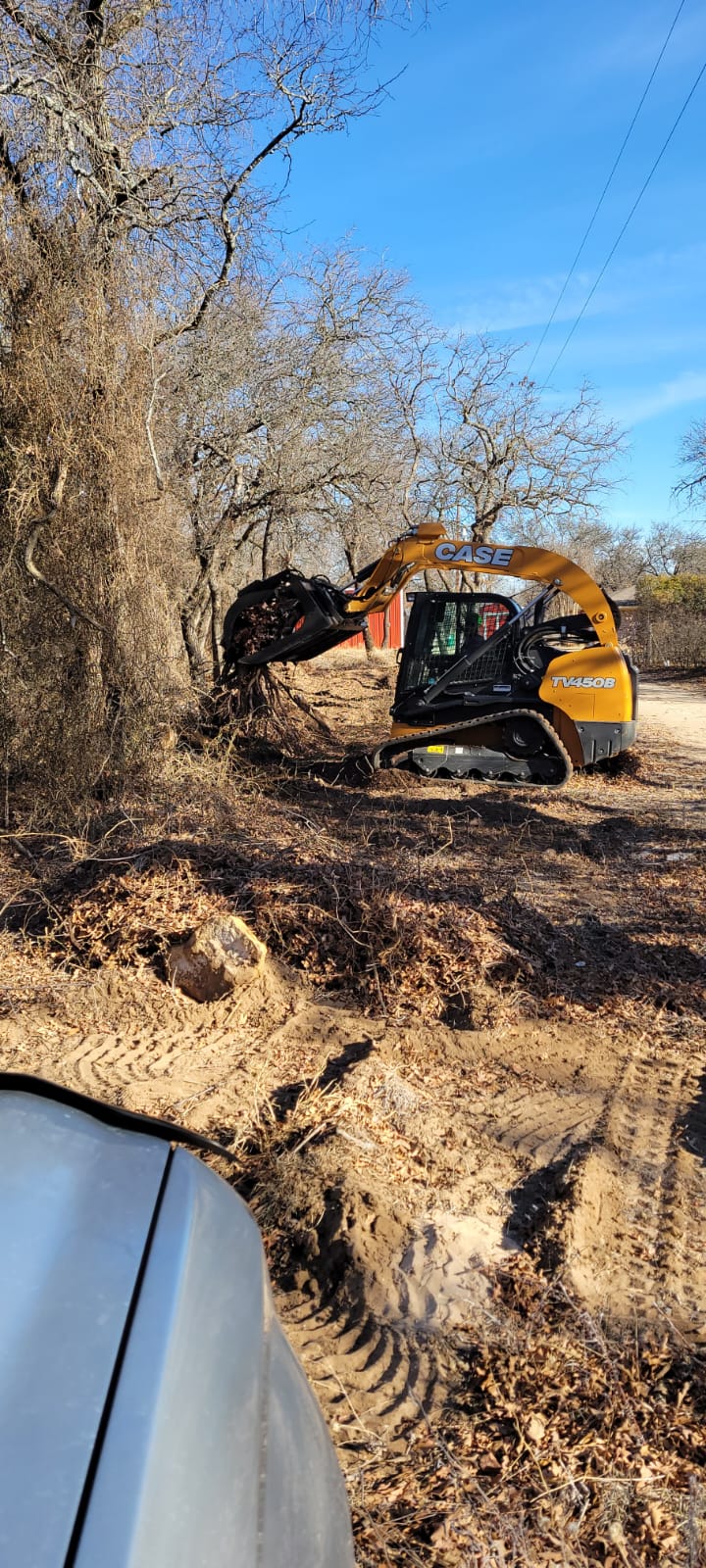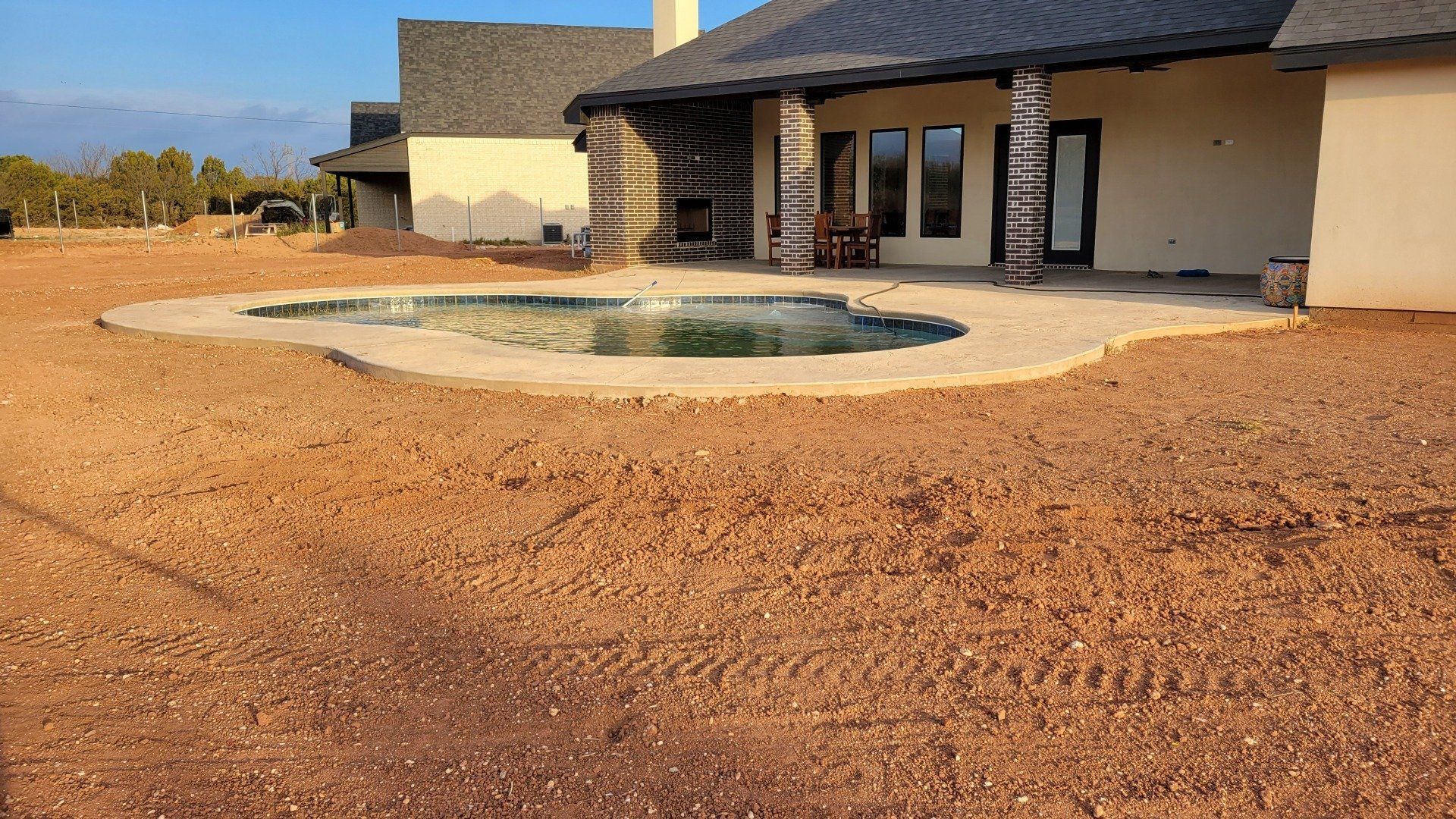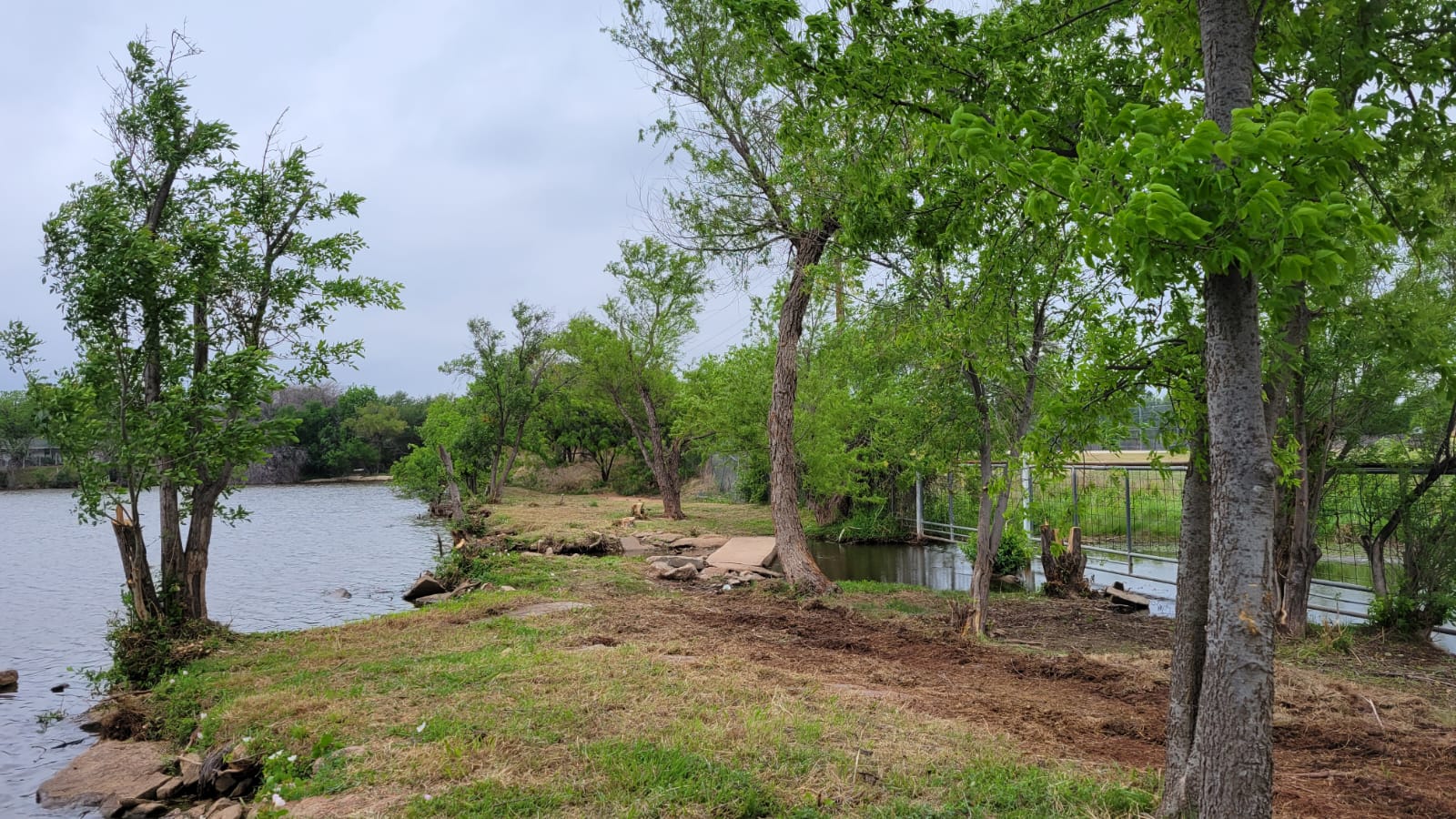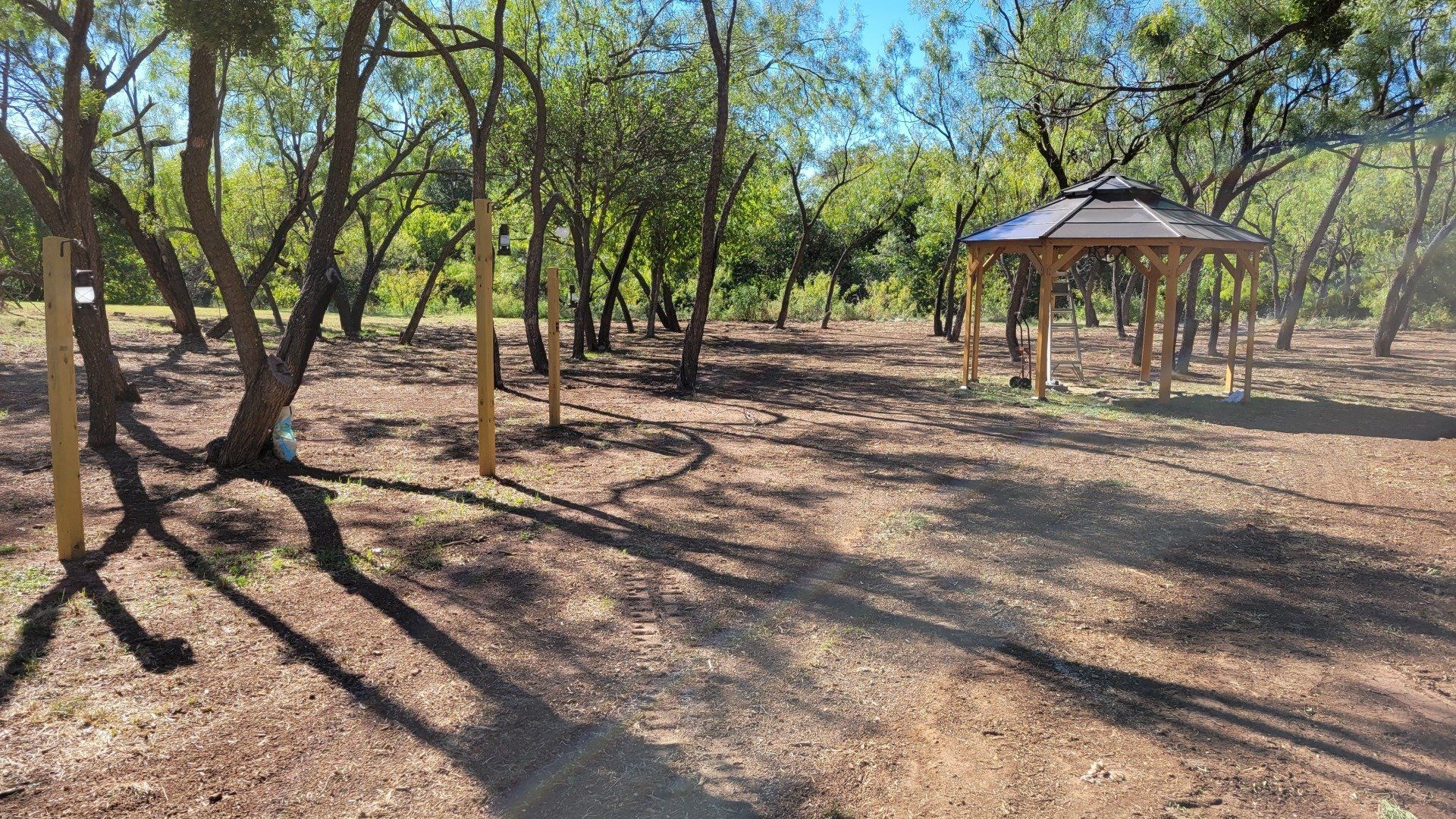Land Clearing and Site Preparation
Land Development
Land development is the process in which improvements are made to a piece of land to make it more usable. It can be improved for different purposes such as construction, farming, recreation, or to increase its productivity and for property protection. When raw land is developed there are certain features that need to be added for its usability and income production. What are some of those features that make land improvement?
1. Clearing and grubbing
The first step in land improvement is the removal and disposal of any unwanted surface material such as trees, brush, boulders, bushes, downed trees, grass and weeds, and any building structure within the established limits. Grubbing is the removal and disposal of any vegetation that remains in the ground such as stumps, logs, roots, and other debris.
2. Rough grading
Undeveloped land is usually uneven with hills and slopes. To be able to build or make it usable for whatever purpose it was intended, the land must be flattened and shaped.
The process of shaping the site requires a lot of earthmoving to level the ground or create specific slopes.
3. Installation of wet utilities
Land improvement also disturbs soil which causes erosion and flooding. To prevent storm water runoff that causes erosion problems, proper drainage pipes must be installed to direct storm water runoff away from the site. Other necessary installations are utility water and sewer.
4. Installation of dry utilities
Dry utility installation such as electricity, TV, telephone, internet, and gas are crucial in land development.
5. Street improvements
Access roads must be built and curb and gutter installation, asphalt paving, street signs, and striping are street features that need to be added.
6. Wall Installation
Retaining walls hold back and reinforce soil, prevent land slide and erosion problems. Retaining walls make a slope functional, improves drainage, and direct the flow of water in certain areas.
7. Installation of fencing
Fences serve different purposes such as property boundary marking, regulation of access of people, protection of property, and addition of esthetic value. There are different types of fences such as vinyl, tube steel, view walls, and wood.
8. Finished grading
The final elevation and shaping of the land are done by adding or removing an inch or two of the existing grade in preparation for landscaping and flatwork.
9. Flatwork
Installation of concrete work which includes driveways, porches, patios, walkways, sidewalks, and foundations is part of land development.
10. Landscaping
The planting of trees and ground cover, irrigation installation, and amenities are added to make the property beautiful and more valuable.
Land development involves clearing and movement of soil. Midwest Landworx is an expert in land development. Give us a call for a free quote at or send us a message. We serve Abilene, Texas, and surrounding areas. Our services include:
- Land clearing
- Site preparation
- Grading/leveling
- Installation of gravel driveways, parking lots, house pads
- Hauling
- And much more…

